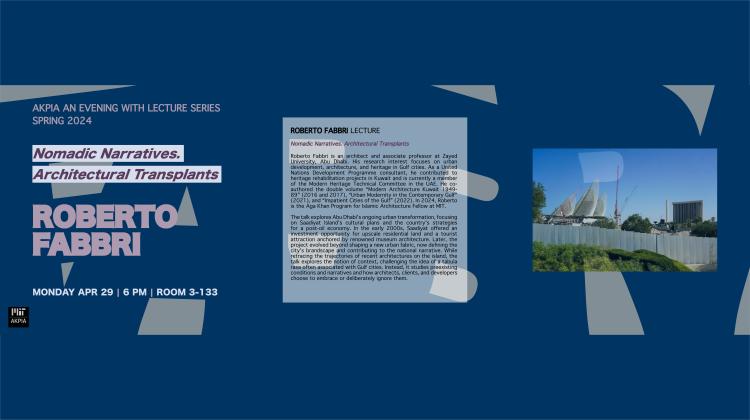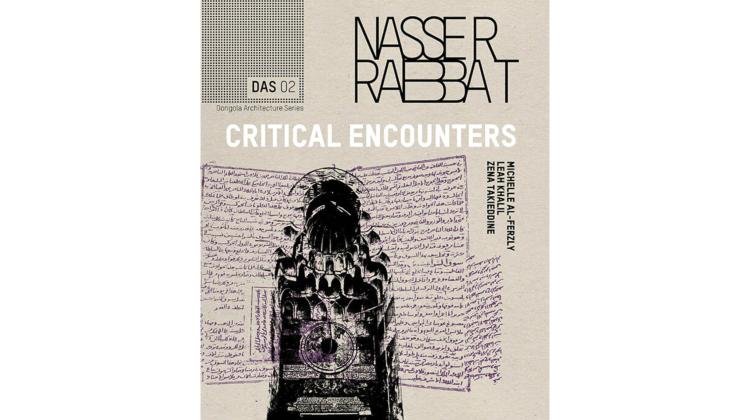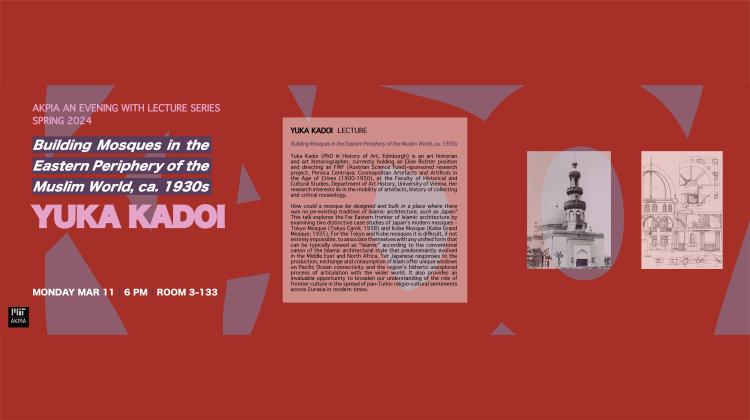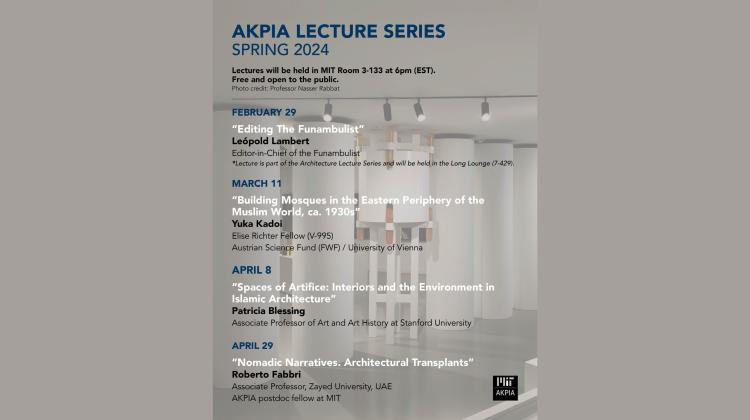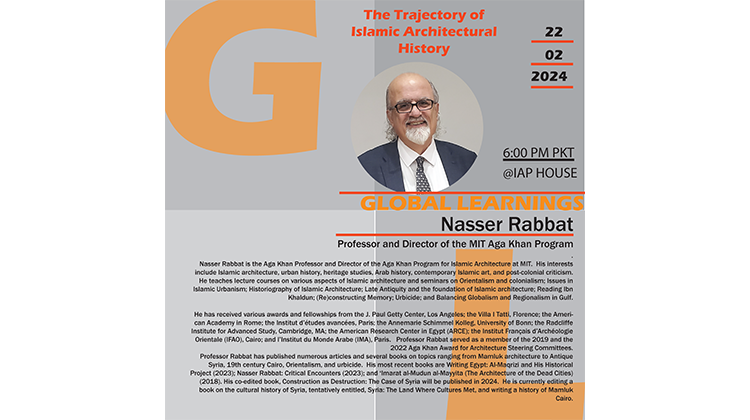Special Subject: History, Theory & Criticism of Architecture & Art (meets with 4.s62) — Environmental Histories of Architecture
4.s60 Undergraduate | 4.s62 Graduate
Note: for the Spring 2025 term, 4.s60 is a HASS-H subject
How does architecture impact the environment? How does the environment impact architecture? Drawing on case studies from the ancient world to the present day, and from geographies across the globe, this class will explore the myriad ways in which the creation of architecture has involved the modification of natural environments and climates and the exploitation of resources. Rather than examining architecture’s history as a succession of monuments, this course investigates the metabolic processes of raw material extraction, transportation, and manipulation that made the creation of buildings, infrastructures, and designed landscapes possible in the first place. Students will explore how material and climatic considerations played into the design and aesthetic of buildings at various points in time, while gaining an awareness of the largely-invisible, increasingly far-flung networks of environmental management and labor that underpin our built environment.



